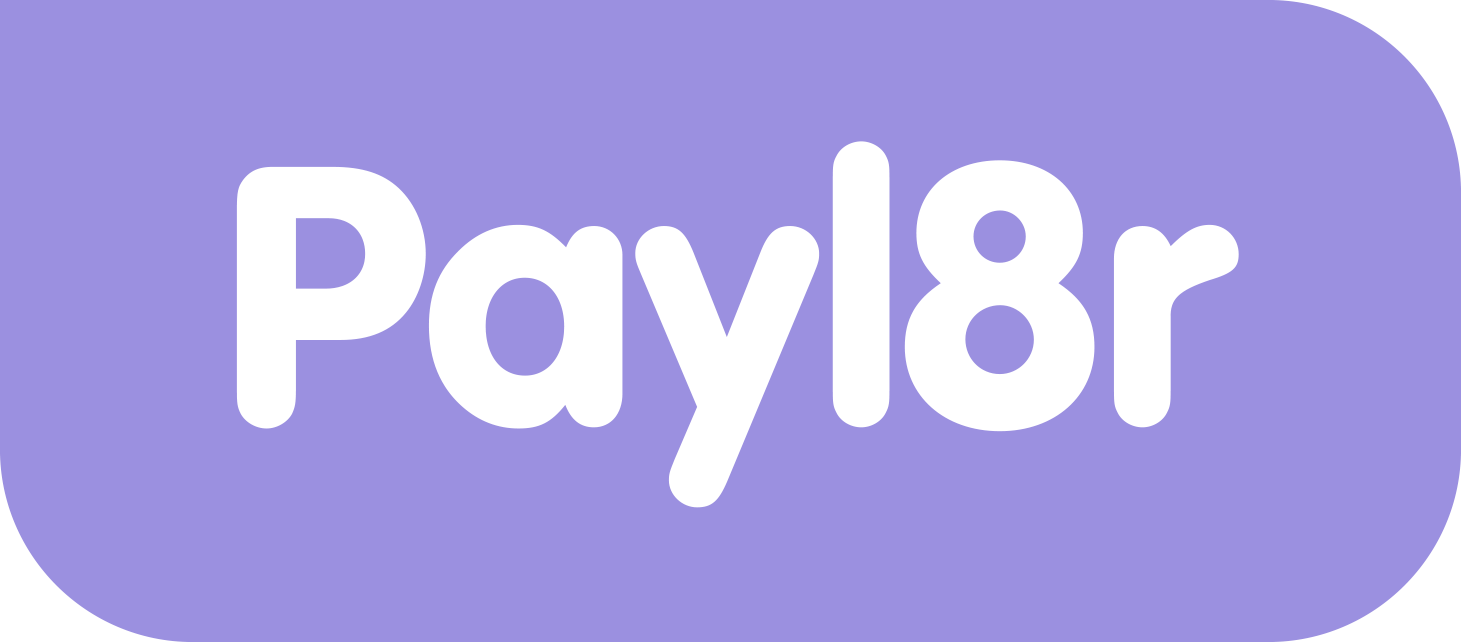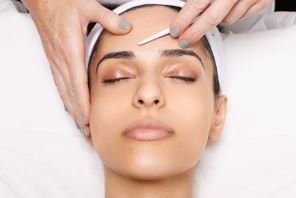DERMAPLANING
WHAT IS DERMAPLANING?
Dermaplaning is a procedure that exfoliates your skin and gets rid of dirt and vellus hair, better known as “peach fuzz.” It's different from dermabrasion, where an aesthetician or doctor uses a high-speed, rotating brush to exfoliate the skin. With dermaplaning, they use a scalpel or a tool called a dermatome.
The exfoliation and hair removal can leave your skin brighter and smoother. The treatment may soften fine lines and wrinkles and ease hyperpigmentation, or uneven skin tone. It’s also used to treat deep acne scars. How well it works really depends on your skin type, tone, and medical history.
RISKS & SIDE EFFECTS
Most people have little to no irritation or reaction. Short-term side effects may include:
Red and swollen skin from the scraping
Soreness
A burning or tingling sensation for about 48 hours after the procedure
It’s not common for your hair to grow back thicker or darker. But in rare cases, dark hair may grow near your chin or “sideburns.”
Dermaplaning isn’t recommended if you have inflammatory skin conditions such as:
Acne
Rosacea
Psoriasis
Eczema
HOW TO PREPARE
Dermaplaning isn’t covered by insurance, so be prepared to pay out-of-pocket. The procedure takes around 30 minutes.
It’s best to avoid exfoliating your skin 3 days before. You should also try to avoid direct sunlight or tanning.
There’s no downtime needed to let your skin heal. Experts recommend using a broad-spectrum sunscreen of at least SPF 30 and a moisturizer afterward. That’s because your skin may be more sensitive.
You can do dermaplaning every 3 to 4 weeks. But it’s important to remember it won’t get rid of all acne scars or stop aging. Schedule an appointment with a dermatologist if you’re concerned about your skin.

